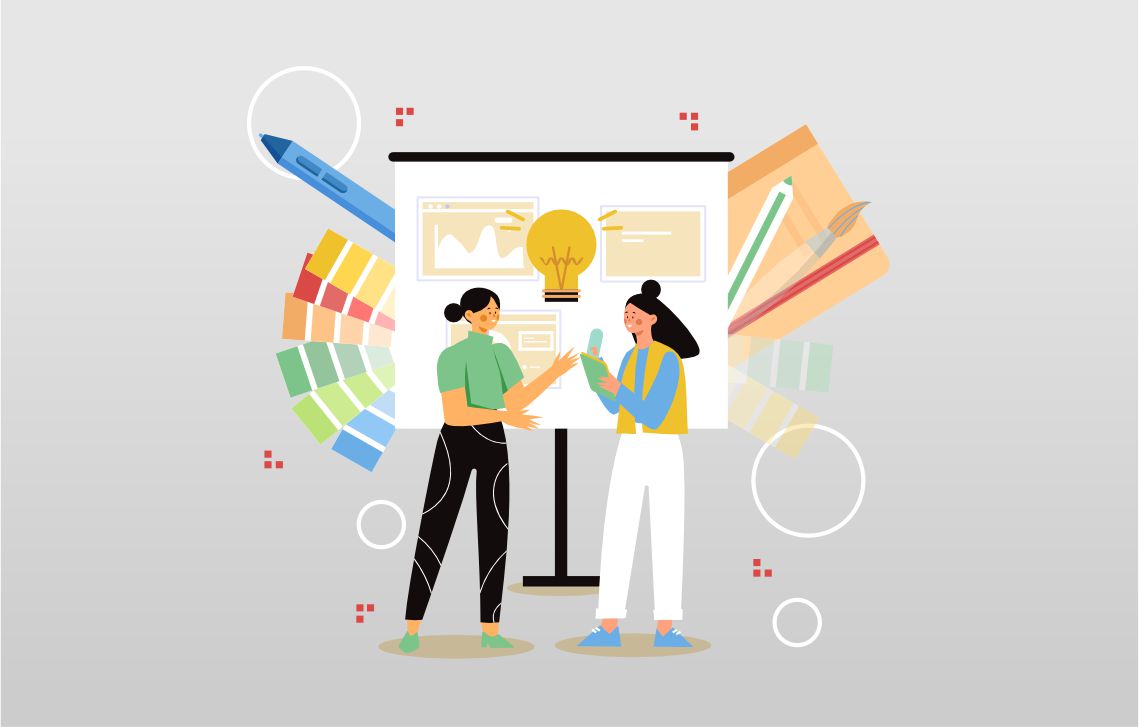Graphic Design
The Future Of Logo Design Predictions And Emerging Trends
Logo design has come a long way from its humble beginnings. In today’s digital age, where visual representation plays a crucial role in brand recognition, the evolution of logo design is more evident than ever before. From traditional hand-drawn logos to digitally crafted masterpieces, the landscape of logo design continues to evolve rapidly. In this article, we’ll explore the future of logo design, making predictions and discussing emerging trends that are set to shape the industry in the coming years.
Evolution of Logo Design
Traditional Approach
In the past, logo design was predominantly a manual process, with designers sketching concepts by hand before finalizing them on paper. Logos were often intricate and detailed, reflecting the craftsmanship of the designer.
Digital Revolution
The advent of digital design tools revolutionized the way logos are created. Designers now have access to a plethora of software and technology that allows them to bring their ideas to life with unprecedented precision and efficiency. This shift has led to a more streamlined approach to logo design, with an emphasis on simplicity and scalability.
Current Trends in Logo Design
Minimalism
One of the most prominent trends in contemporary logo design is minimalism. Clean lines, simple shapes, and subtle typography characterize minimalist logos, which prioritize clarity and versatility.
Geometric Shapes
Geometric shapes are also gaining popularity in logo design, offering a modern and visually appealing aesthetic. Circles, squares, and triangles are used creatively to convey abstract concepts and evoke emotional responses.
Versatility
In today’s digital landscape, where logos are displayed across various platforms and devices, versatility is key. Logos need to be adaptable to different sizes and formats without compromising their integrity, leading to a rise in flexible and responsive designs.
Predictions for the Future
Artificial Intelligence Integration
With advancements in artificial intelligence (AI), we can expect to see AI-powered tools playing a more significant role in logo design. These tools can analyze data, predict trends, and generate design concepts, augmenting the creative process and providing designers with valuable insights.
Interactive Logos
As brands seek to engage their audiences in new and innovative ways, interactive logos are likely to become more prevalent. These dynamic designs respond to user interaction, creating immersive brand experiences that leave a lasting impression.
Adaptive Logos
In an increasingly personalized digital environment, adaptive logos that evolve based on user preferences and behavior are poised to become the norm. These logos can change color, shape, or style dynamically, ensuring relevance and resonance across diverse audiences.
Impact of Technology on Logo Design
Technology has fundamentally transformed the practice of logo design, empowering designers to push the boundaries of creativity and innovation. From 3D modeling and animation to virtual reality and augmented reality, new technologies continue to reshape the way we perceive and interact with logos.
Importance of Brand Identity
Despite these technological advancements, the fundamental principles of logo design remain unchanged. A well-designed logo is not just a visual symbol; it is a representation of a brand’s identity and values. As such, it is essential for businesses to invest in creating logos that resonate with their target audience and communicate their unique identity effectively.
Conclusion
The future of logo design is undoubtedly exciting, with technology driving innovation and pushing the boundaries of creativity. As we look ahead, it’s clear that logos will continue to evolve, reflecting the changing needs and preferences of consumers in an ever-evolving digital landscape.
FAQs
- How can I ensure my logo design is future-proof?
- To future-proof your logo design, focus on timeless elements such as simplicity, versatility, and scalability. Avoid trends that may quickly become outdated and prioritize creating a design that can stand the test of time.
- What role will AI play in the future of logo design?
- AI is expected to play a significant role in the future of logo design, offering designers valuable insights and automating certain aspects of the creative process. However, human creativity and intuition will remain essential in crafting compelling and meaningful designs.
- Are interactive logos suitable for all types of businesses?
- While interactive logos can be a unique way to engage audiences, they may not be suitable for every business. It’s essential to consider your target audience and brand identity carefully before implementing interactive elements into your logo design.
- How can I ensure my logo is adaptable to different platforms and devices?
- Designing a logo with scalability in mind is crucial for ensuring it remains legible and recognizable across various platforms and devices. Test your logo in different sizes and formats to ensure it maintains its integrity and impact in any context.
- Why is brand identity important in logo design?
- Brand identity is essential in logo design because it helps distinguish your brand from competitors and fosters recognition and trust among consumers. A well-designed logo communicates your brand’s values and personality, helping to forge meaningful connections with your target audience.

